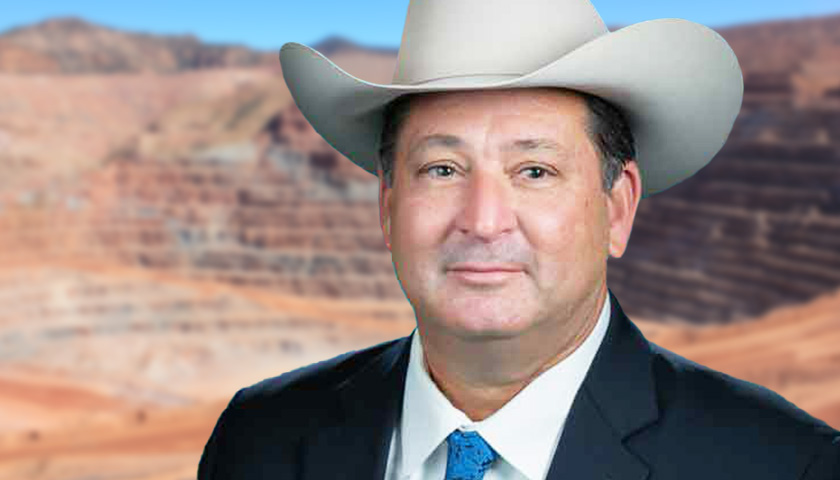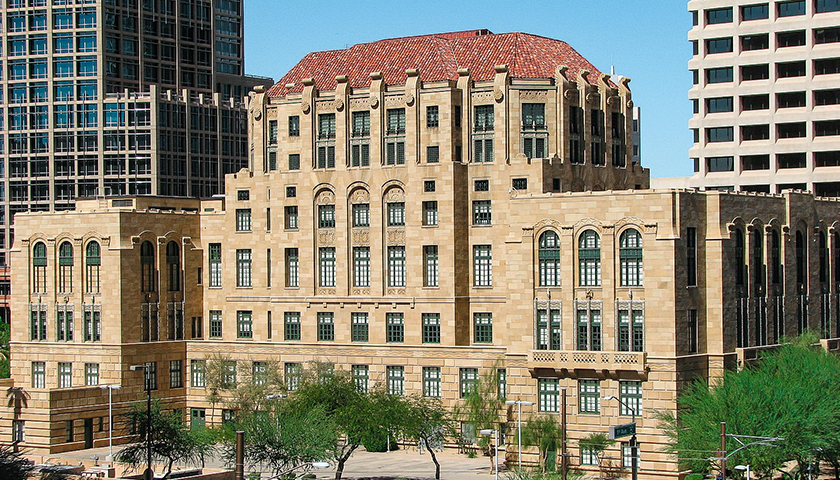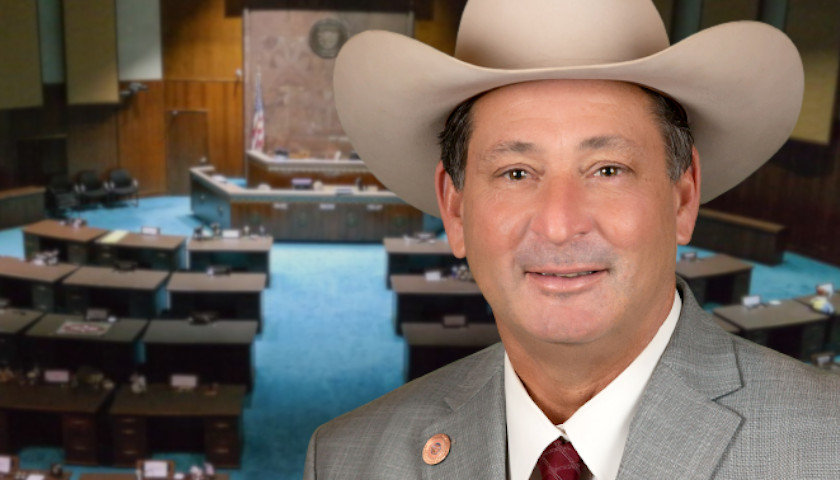Arizona State Representative David Cook (R-Globe) sent a letter to the U.S. Forest Service Monday, sharing his full support for mineral exploration and mining projects in rural Arizona.
“Mining in Arizona creates not only much needed jobs for our rural communities but a wealth for the Arizona and National Economy,” Cook said in his letter. “We need to continue producing natural resources in this state for our nation’s security since as a nation we are not energy independent but rather dependent on others, which results in higher costs to citizens.”
Arizona Minerals, Inc., would run the project in question, known as the Flux Canyon Exploration Drilling Project (FCEDP). The company will use six drill pads for mineral exploration drilling on roughly a half-acre in the Flux Canyon area of the Patagonia Mountains for a year. The average depth of the exploration holes would be 1,500 feet. An additional 1.3 acres will be used for temporary access roads for the project. The project’s goal would be to mine the area’s alleged abundance of mineralized rock.
Cook also applauded the Forest Services for determining the project qualifies for a categorical exclusion. Under most situations, the National Environment Policy Act requires the Forest Service and other federal agencies to prepare a report called an environmental impact statement (EIS) for any “actions significantly affecting the quality of the human environment.” However, some actions are categorically excluded from needing to submit an EIS if that action falls under a list of categories. One such category is “short-term (one year or less) mineral, energy, or geophysical investigations,” which the U.S. Forest Service determined warranted the FCEDP to qualify for a categorical exclusion. Cook said the exclusion enables site development and project work to begin as soon as possible.
Another potential bonus of the FCEDP is that some sites may produce water. Cook encouraged that if the Forest Service finds a water source, it should use it to expand wildlife habitats, livestock grazing operations, and recreational opportunities.
According to a report from Arizona Mining Association and Arizona Rock Products Association, the state ranked first among all others for non-fuel mineral resource production in 2021, with an output valued at $10 billion. Arizona copper also accounts for 74 percent of the U.S.’s production.
Moreover, Cook also sent a letter to the Forest Service Friday applauding their efforts to clean up and close abandoned mines in the state. The Forest Service proposed a project to close 58 abandoned mines in Coronado National Forest. Like with the FCEDP, the Forest Service determined the project also qualified for a categorical exclusion. Cook similarly praised this action because it would speed up the project but cautioned the department to consider the potential historical, economic, and wildlife impact that removing each mine would have. He ended the letter by requesting to be updated on the project’s progress.
State @RepDavidCook Applauds Forest Service Efforts to Address Abandoned Mines, Emphasizes Site Review to Consider Local Impacts. #AZleg pic.twitter.com/0MRaIpgN2a
— Arizona House Republicans (@AZHouseGOP) September 9, 2022
According to the Arizona State Mine Inspector’s Office (ASMIO), mines in Arizona can date back to 1000 BC. Many of the abandoned mines across the state can be attributed to small-time prospectors from the mid-1800s who would work a site for a few weeks until the mine played out or finances ran out, leaving behind a hole in the ground. The ASMIO warns that these abandoned mines pose a serious safety hazard to civilians and that people should never explore or play around at one of these sites.
– – –
Neil Jones is a reporter for The Arizona Sun Times and The Star News Network. Follow Neil on Twitter. Email tips to neiljones3018@gmail.com.
Photo “David Cook” by Arizona State Legislature. Background Photo “Morenci Mine” by Stephanie Salisbury. CC BY 2.0.




